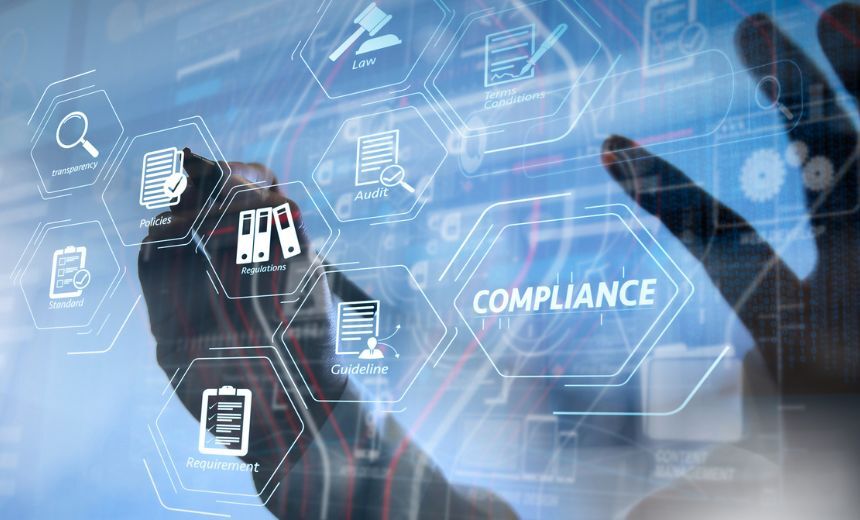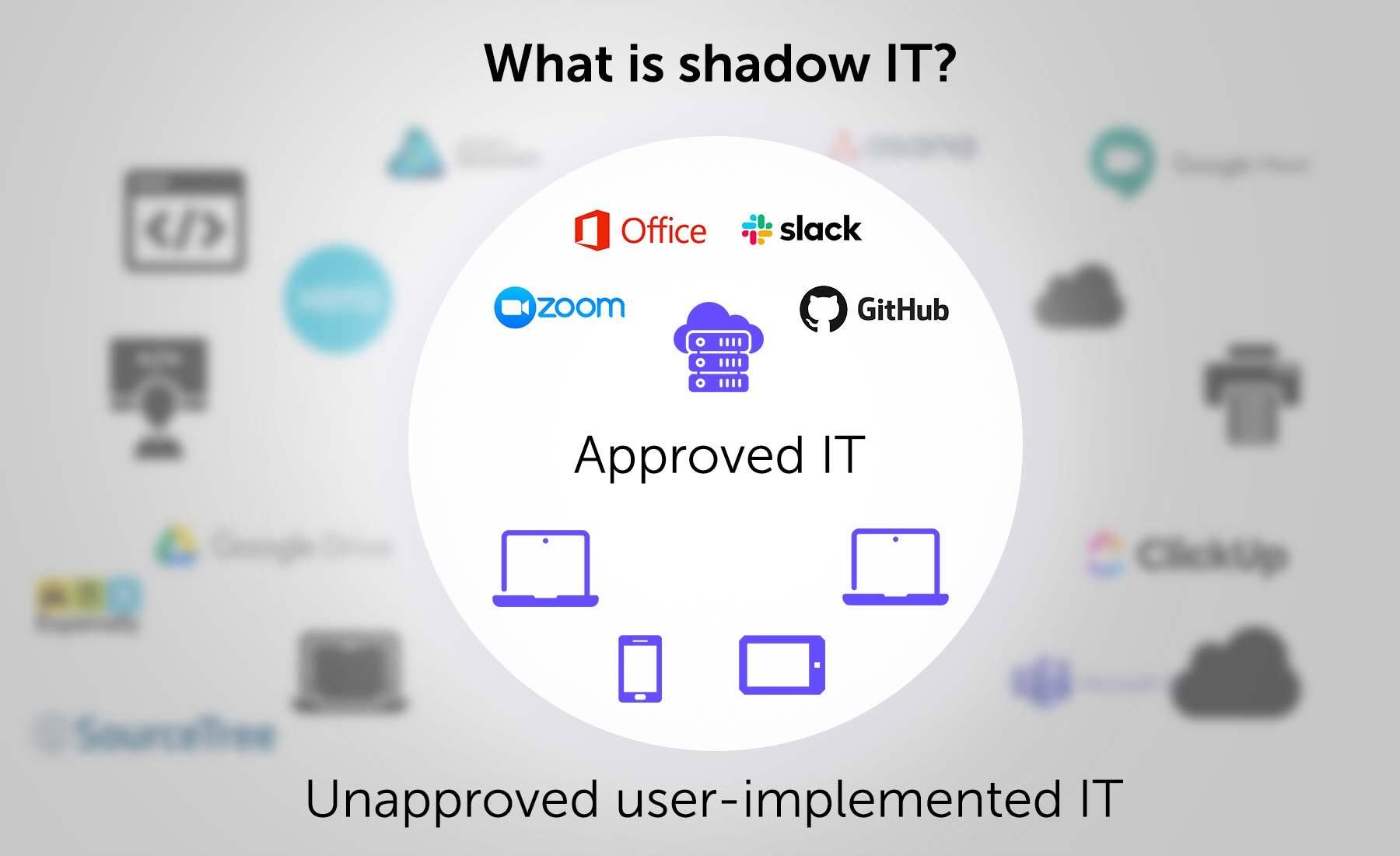The Risks of Shadow IT in Schools & How to Address It
Shadow IT in schools refers to the unauthorized use of apps and devices by teachers and students, posing significant security and compliance risks....
You must be logged in to the LATechNet portal to view additional resources.
3 min read
 Aria - LATechNet Team
:
Apr 17, 2025 6:02:36 AM
Aria - LATechNet Team
:
Apr 17, 2025 6:02:36 AM

In today's classrooms, technology is no longer optional—it's essential. K-12 schools are leaning heavily on educational software and digital tools to enrich lessons and support student learning. But as we embrace this digital shift, managing software licenses and ensuring compliance can quickly become confusing and overwhelming.
Effective software licensing and management are crucial because they help schools save money, avoid legal headaches, and ensure students and teachers have reliable access to the tools they need. Unfortunately, many schools face common challenges such as tracking license renewals, managing multiple vendors, and staying compliant with ever-changing licensing rules. Without a streamlined approach, educators may spend valuable time dealing with software issues rather than focusing on teaching. Recognizing these hurdles is the first step toward creating a smoother, more manageable system for everyone involved.
Did you know that many K-12 schools are sitting on software licenses they never actually use? It's true! A study from Glimpse K12 discovered that about 67% of purchased software licenses remain unused. Imagine buying a bunch of books for a classroom library, only for most of them to stay untouched on the shelf. This unused software represents a big financial loss, and it also ties up funds that could support other educational needs or programs.
And the problem isn't just about unused licenses. Even the software that does get opened isn't always used deeply or meaningfully. BrightBytes and researchers from the University of Pennsylvania found that typically only 30% of software licenses in schools see regular use, and a whopping 97.6% never see intensive engagement. This low usage means missed opportunities for students’ learning and growth, and it makes it harder for schools to justify the money and resources they spend on technology.
Software Asset Management, often called SAM, involves keeping track of all the software a school district owns, uses, and licenses. Think of it as carefully organizing your classroom supplies—knowing exactly what you have, how much you need, and making sure nothing goes missing or unused. In K-12 education, SAM helps schools use their resources wisely, saving money by avoiding unnecessary purchases and license renewals.
Effective SAM brings several big benefits. First, it gives schools better control over their budgets by clearly showing where software dollars are spent. It also helps schools stay compliant, avoiding fines or legal issues due to licensing mistakes. Additionally, SAM boosts security and reduces risks by identifying outdated or unauthorized software (edtechmagazine.com). Ultimately, SAM supports strategic planning by providing educators clear insights into software usage, helping them make better technology choices for teaching and learning.
Managing IT assets in K-12 schools can feel like juggling many balls at the same time. One big challenge is dealing with tight budgets. Schools often struggle to find enough money to cover the costs of software licensing and equipment, making every purchase decision critical.
Another headache is navigating complicated software licensing agreements. Schools must ensure they're compliant to avoid hefty fines, but these licenses can be confusing and difficult to manage effectively.
Adding to this, technology changes quickly. More devices and new types of software appear every year, making it tough for schools to keep track—especially when students and teachers bring their own gadgets to class (ezo.io).
Finally, many schools lack centralized systems, creating gaps in visibility. Without clear oversight, it's hard to know what's being used, what's needed, and what's simply costing money without providing value.
Managing software licenses doesn't have to feel overwhelming—especially when you have a clear plan. Regular software audits and license reviews are an excellent starting point. These audits help you spot unused licenses and keep track of renewals, saving your school valuable funds. Creating a centralized repository or database can make your life easier, providing a single place to quickly check all your licensing information.
Additionally, establishing clear governance frameworks and usage policies ensures everyone understands their responsibilities. According to moldstud.com, clear policies reduce confusion and misuse. Don’t forget about analytics—they let you see exactly which software tools teachers and students use most, helping you make smarter purchasing decisions. Finally, continuous training for faculty and IT staff ensures everyone stays informed and confident in managing software effectively, making your entire school run smoother.
Managing software licenses and assets can be tricky, especially for busy K-12 schools. That's exactly where LATechNet steps in with friendly, specialized assistance. They have deep expertise in implementing Software Asset Management solutions crafted specifically for the unique needs of K-12 institutions. LATechNet helps schools conduct thorough software audits, creating easy-to-use centralized management systems that save educators valuable time.
On top of that, they offer guidance in setting up strong governance frameworks and compliance guidelines, so your school can stay secure and stress-free. Their user-friendly analytics and reporting tools highlight how software is used, helping you reduce waste and make smarter decisions about educational resources. Plus, their dedicated support team takes the headache out of managing complex licensing agreements, ensuring your school stays compliant and secure without added hassle.
Streamlining software licensing and management is crucial for K-12 schools, as it saves valuable resources, simplifies administration, and helps educators focus more on teaching rather than troubleshooting technology. By adopting efficient software management systems, schools can significantly reduce unnecessary costs and ensure compliance, giving districts peace of mind.
Over time, these practices lead to improved learning environments, enriched educational experiences, and better outcomes for students. Teachers can effortlessly access the tools they need, administrators benefit from clearer oversight, and students enjoy consistent, reliable access to essential learning software.
Partnering with a trusted IT provider like LATechNet makes this process even smoother. LATechNet’s expertise and support empower schools to navigate software licensing complexities confidently, ensuring technology becomes a seamless part of everyday education rather than a constant challenge.

Shadow IT in schools refers to the unauthorized use of apps and devices by teachers and students, posing significant security and compliance risks....

Learning Management Systems (LMS) have become essential in K-12 education, especially post-pandemic, providing seamless digital learning experiences....

The article discusses the increasing integration of technology in schools and the importance of effective IT management and support. It highlights...